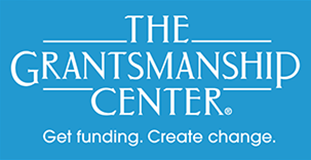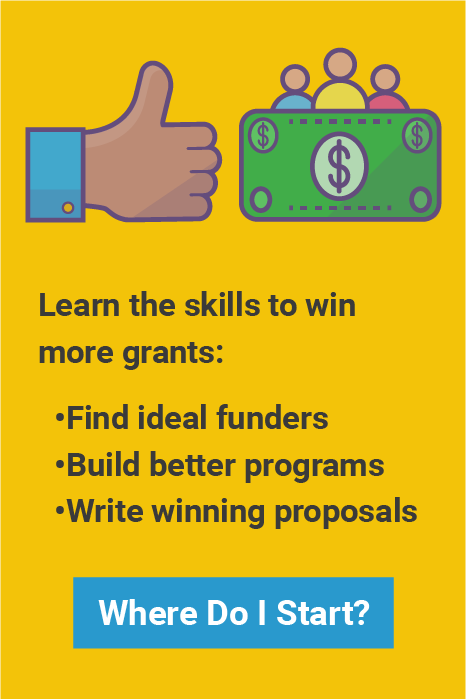
Everybody from Voltaire to Bill Clinton is credited with the quip: “If I had more time I would have written a shorter letter.” The truth buried in the quip is one that contemporary proposal writers grapple with. Many foundation application forms now routinely ask for the whole story, complete with details, in a 100-or-500-word box. It’s so easy to rattle on and on about your program, so hard to say it succinctly.
One good way to organize a crisp, word-limited response on a form is to create an “endoskeleton” of bare bones and build your response around that framework. It might be made up of two-sentence answers to these questions: what needs to be done; why is it important; how will your organization do it?
Writing short answers gives you an opportunity to use impactful language. “The man walked into the room” is straightforward; “the salesman barged into the meeting” is a bit more colorful and cinematic. In your word-limited responses, every word counts so take the time to find the best ones.
Another useful technique is to “spew and let it stew.” Go ahead, write the full and complete story of the project, its significance, your methods, your evaluation plans, a full budget narrative. Don’t stop to edit on this first “spew,” just let it flow. Say everything you have to say about the program. Put the draft away for a few days, maybe a week (don’t use this technique when the deadline looms). After that period of time, read it again with a highlighter in hand and isolate those key phrases, sentences or concepts that jump out at you.
This is also a good time to let someone else, someone unfamiliar with the project, to read the longer draft. A fresh set of eyes can often find the sweet spot of the material and help you tighten focus on what, specifically, you need to emphasize in your 100 words.
The common denominator in all of these approaches is time—taking the time to work over what’s to be said until you’ve nailed it. It’s a little bit of verbal sculpture, carving away extraneous language until you’re left with the heart of the matter.
Thomas Boyd is Chief Editorial Consultant for The Grantsmanship Center
and an independent consultant to nonprofit organizations.



